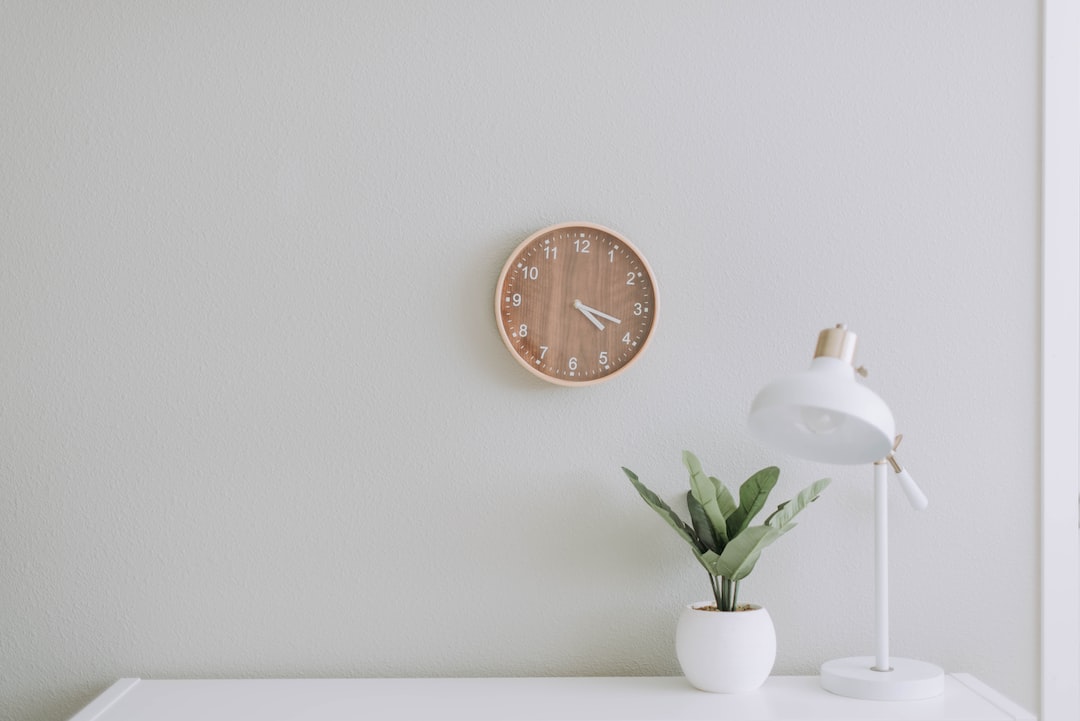Editorial design is an art that consists of creating layouts, selecting fonts, and positioning text and images to produce newspapers, magazines, and other printed materials. This practice requires a good choice of imagery and text, combined to create a clear and attractive communication channel, compelling the reader visually.
Editorial design is all about showcasing creative elements in the most innovative and visually appealing way possible. The designer’s aim is to create a participative composition that will convey his client’s message, purpose, and brand. It is a task that requires a lot of creative thinking, attention to detail, and patience.
The principles of editorial design include hierarchy, balance, alignment, repetition, contrast, and white space. These principles play a vital role in designing compositions that are visually appealing, and that help guide the reader’s attention from one section to the next.
Hierarchies determine the importance of elements in the composition. They help make the design clean and allow the user to navigate through the content. Establishing a hierarchy also involves the use of fonts, where designers should select those that have the desired effect, making the text legible and appealing.
Alignment refers to the arrangement of text and visuals in a particular line or direction. This principle ensures that everything on the page has a purpose and helps keep the reader’s eye focused.
Repetition is the use of consistent elements throughout the design. This repetition creates a sense of unity and cohesiveness in the materials. The design will then reflect the theme with imagery and appear consistent with the purpose of the material. For example, you wouldn’t create a children’s book with gritty and dark imagery unless it was the explicit intention of the author.
Contrast is the emergence of dissimilar elements such as text and imagery, in size, color, and style. This contrast creates a visually engaging and engaging design while highlighting the various components of the information being conveyed.
White space has never been more important. White space is the “air around the elements on a page” and acts as a respite between text, images, and typesets. In any design, the use of white space gives a design its polished, sleek appearance.
The art of editorial design serves a wide variety of purposes, from presenting news in a visually engaging and readable way to designing promotional content for businesses. Designs have great influence on the reader and consumers. The colors that are used, how an image is framed, and the font describing the copy, all influence our engagement with the design, that affects our perception of the piece.
At its core, editorial design is a fusion of aesthetics and functionality, entwined in perfect symmetry. A competent designer must be flexible, learn new techniques, and not be afraid to experiment with the design. The most important factor in editorial design is evoke a response from the reader. Whether that’s through emotion, interest or exploration, the design is the entrance to the content about to be consumed. Through testing ideas, exploring new design techniques and tinkering with composition, designers can achieve the perfect blend between aesthetic and editorial content.

